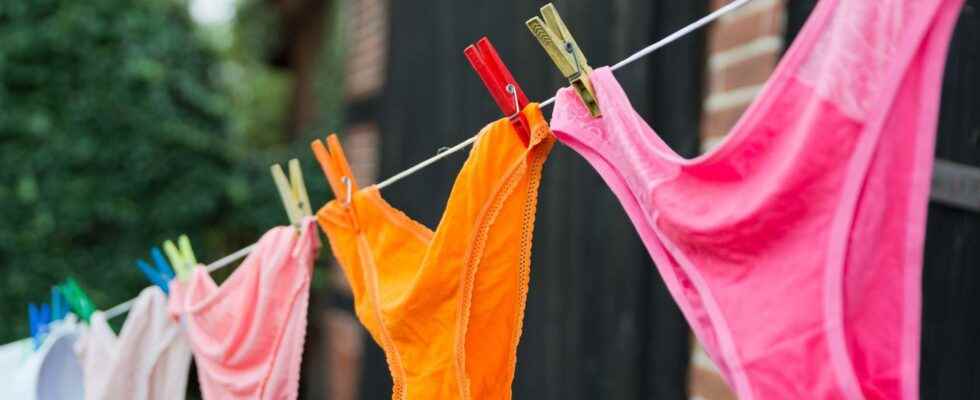A new type of sanitary protection has invaded the market in recent years. While tampons and sanitary napkins had the monopoly for years, women now have more choices! Menstrual cups and other washable panties have the advantage of being economical and ecological and are increasingly attractive. But are they completely risk-free for women’s health?
You will also be interested
The first disposable sanitary napkins were marketed in 1921; stamps in 1936. In 2015, we realize that, under certain conditions, the wearing tampons may promote the occurrence of toxic shock syndrome. the syndrome toxic shock is rare but serious. It can occur with pads with very high absorbency, worn too longin women colonized by Staphylococcus aureus producing toxins. The internal vaginal protections favor the production of the toxin. The symptoms are one feverhypotension, signs cutaneous and multiorgan failures.
In 2016, many articles made the headlines by revealing the composition of disposable sanitary protection and in particular the presence of toxic residues. These toxic residues are of two types. The former are potentially carcinogenic like the dioxins. The second are potentials endocrine disruptors such as phthalates and aromatic hydrocarbons polycyclic. Endocrine disruptors can cause fertility problems but also metabolic disorders, neurological diseases and cancer. It was enough for an alternative market to develop: menstrual cups, menstrual panties, washable sanitary napkins…
The menstrual cup
The menstrual cup is a bell-shaped object, silicone, rubber, latex or elastomer. It is positioned inside the vagina to collect blood. There are different sizes to fit the morphology of every woman. If the menstrual cup requires a little time to adapt to learn how to handle it, it does indeed represent a convenient, economical and ecological alternative to disposable protection. However, these products are not considered medical devices and are not subject to any regulations regarding their composition. We recommend choosing a cup made of 100% medical silicone, transparent, without dyes.
In addition, a case of toxic shock syndrome following the use of a menstrual cup has been described in the literature. It could be that inserting a cut increases the amount ofair in the vagina, promoting bacterial growth if the woman is colonized by Staphylococcus aureus. To avoid this, do not keep the protection too long (six hours maximum) and boil it between each use. In case of a history of toxic shock syndrome, internal protections are contraindicated.
Several cases have been described relating to the expulsion ofan IUD (intrauterine device or IUD) in women wearing menstrual cups. It is likely that when removing the cup, the patient may unintentionally pull the IUD strings or the aspiration may dislodge the IUD. However, there is no evidence for this and these are only guesses.
Washable sanitary napkins and menstrual panties
This type of protection, external, is made of cotton, viscose elastane and laminated polyurethane. These compounds are physiologically inactive and of very low toxicity, given the available data. These protections are ultra-absorbent and correspond to the capacity ofabsorption of three buffers, allowing them to be kept for a whole day. They are of course economical and ecological. Although they seem healthy, there are currently no studies to confirm their safety.
To conclude, these new protections are undoubtedly more economical and more ecological. Nevertheless, studies would be necessary to validate their safety.
Interested in what you just read?
Subscribe to the newsletter Health question of the week : our answer to a question you ask yourself (more or less secretly). All our newsletters
